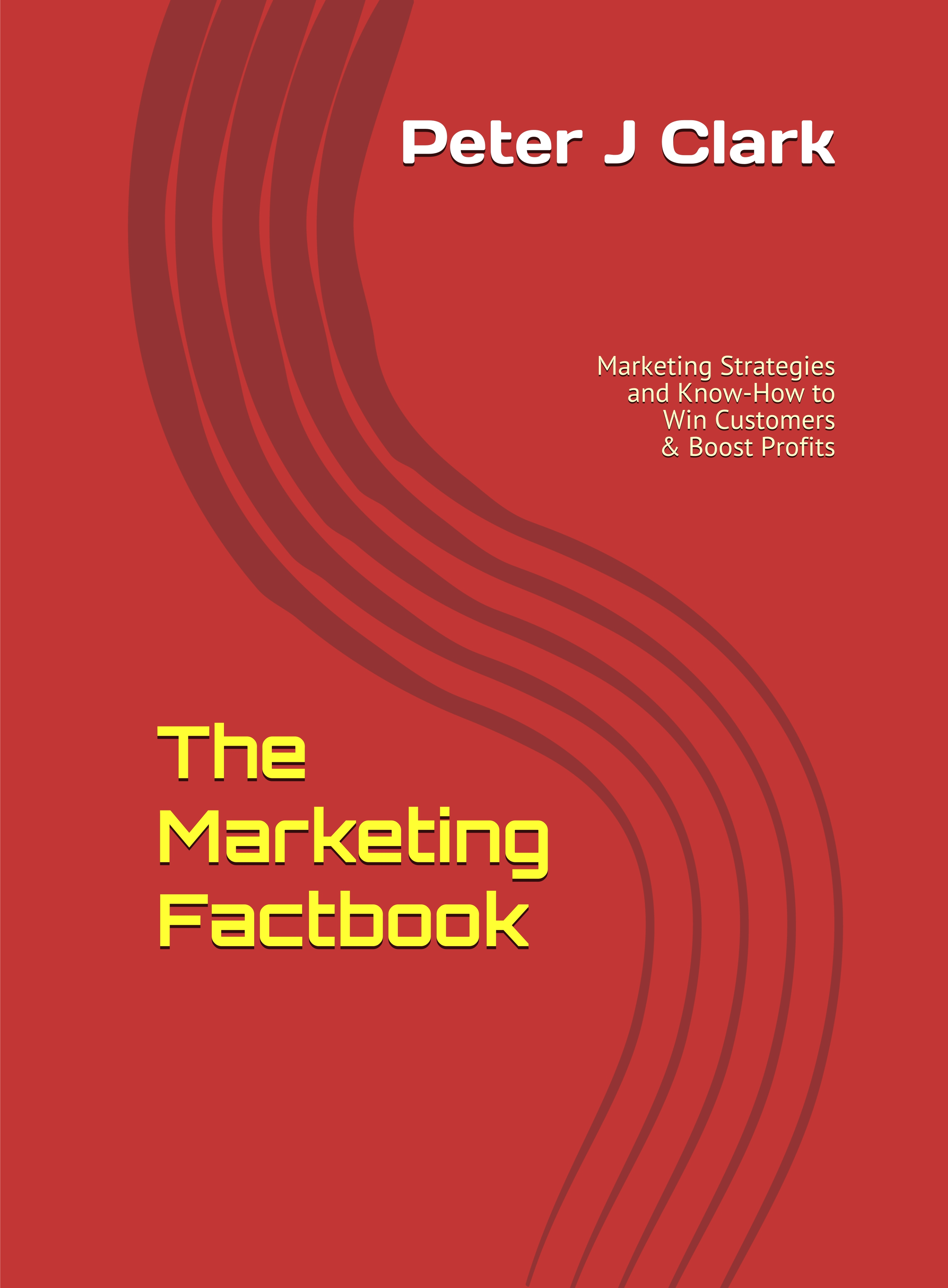Five more critical success factors for running a loyalty programme
By Malcolm Fowler, EVP Products and Marketing, Ernex, Inc., CanadaJuly 17, 2003
The final five success factors for customer loyalty, from the third year of your programme onward
To catch up on critical factors for success in the first two years of a loyalty programme, read Malcolm Fowler's original article, '
Loyalty programmes begin to mature in year three and beyond. Finding out when your programme is maturing will depend on a number of factors including the type of industry you are in. But it is safe to say that until you can start to look for year-on-year trends in data, it's not possible to assess important loyalty metrics like retention, or your efforts to influence the behaviour of loyalty programme members.
Once your loyalty programme does begin to mature, there are five more critical success factors that will help you stay focused and on track to maximise your investment:
1. Maximise the use of your loyalty information - but not just for your loyalty programme.
One of the top reasons businesses report wanting to create a loyalty programme is to find out who their customers really are. Now that your loyalty programme has built a customer profile, use it well. Extend what you have learned about your best customers into your general marketing strategies.
Programme members will tell you where they live, when they shop, and even how old they are - it's all in the data. Use that data not only to communicate with your loyalty programme members but also to plan your broader marketing initiatives.
2. Look at year-on-year performance data.
It takes time to establish a baseline of performance within your loyalty programme. Now that one is emerging, one way to stay focused on improving your programme is to start paying attention to year-on-year performance data (and to continue to do so on a regular basis).
Monitoring even simple measures like acquisition, number of active customers, and average spend data gives you valuable information for programme planning. Compare same store, same month, from year to year to get a regular picture of your programme at the store level.
3. Create differentiation within your loyalty programme.
Many loyalty programmes have 'tiers' which are established as the programme matures. Most frequent flier and hotel programmes have these characteristics. The loyalty rules within the different tiers of these programmes can be very complex.
This complexity is the result of many small changes within the programme over time, each designed to treat specific customer segments within the loyalty programme differently. The key is to make this complexity visible to loyalty programme members who are already familiar with the base programme.
As your programme matures, consider tiering as a way to establish more value for more loyal members, and to give them 'performance targets' to strive for.
4. Cross-marketing can add even more value.
If you have established a powerhouse of a loyalty programme, your marketing power extends beyond the walls of your business. Suppose you are running a theatre chain and that there is a restaurant chain that is almost always situated near your theatres. Adding value to your loyalty members without affecting your business could be as simple as rewarding frequent movie goers with a restaurant offer (restaurant sponsored of course), or having the restaurant award and pay for loyalty points within your programme when your members dine there.
The key to any initiative like this is to protect your brand while adding value to your member at no cost - or even at a profit to you. But even if stretching your loyalty programme beyond the walls of your business doesn't appeal, the concept of cross marketing still applies. Employ techniques to encourage loyal customers who only experience one segment of your product to try others. Use your loyalty knowledge to identify them, and use your loyalty currency to influence them.
5. You are never done.
Loyalty programmes are living, breathing things. As long as they can adapt, they never get old. Continually adjusting your programme to address changes in your business, customers, and market trends will make it always relevant and valuable. Certainly, keeping up with these adjustments requires an ongoing commitment but it is one that pays off handsomely when done well.
In conclusion...
As I have said before, loyalty programmes go through three main stages: First, programme creation. Second, programme launch and early operation (the first two years). Third, and finally, maturity (years three and beyond). While established programmes are rarely recreated from the ground up, they are often modified to meet the ongoing needs of their members and the business.
Paying the same attention to detail for each programme iteration as you did to the creation of your original programme, and following the five critical success factors for each of the three stages will help ensure a successful and profitable loyalty experience.
About the author...
In 1989, Malcolm Fowler co-founded a high-tech company focusing on value-added transaction processing technology. Six years later, in 1995, the company's technology was used to bring value-added marketing programmes to businesses. The result was the launch of Ernex's current real-time marketing product line in 1996.
Fowler serves as Executive Vice President of Products & Marketing at Ernex, and has been closely involved with the vision and growth of the company's innovative solutions, helping it to be named a ""Top 100 E-Business Practitioner" in 1999 by InformationWeek magazine, also winning Verifone's 2002 ""Innovation Award"".
Having senior-level management experience in the loyalty and electronic marketing fields, Fowler has also provided professional consulting services to industry-leading corporations including Eddie Bauer, Nike, Levis Strauss and Co., and the Royal Bank of Canada.
Fowler has a Bachelor of Applied Sciences degree in Engineering Science, a minor in Communications from Simon Fraser University, and a Western Executive Marketing Programme Diploma from the Richard Ivey School of Business.

